Are Electric Bikes Allowed in National Forests? Rules, Regions, and Responsible Riding
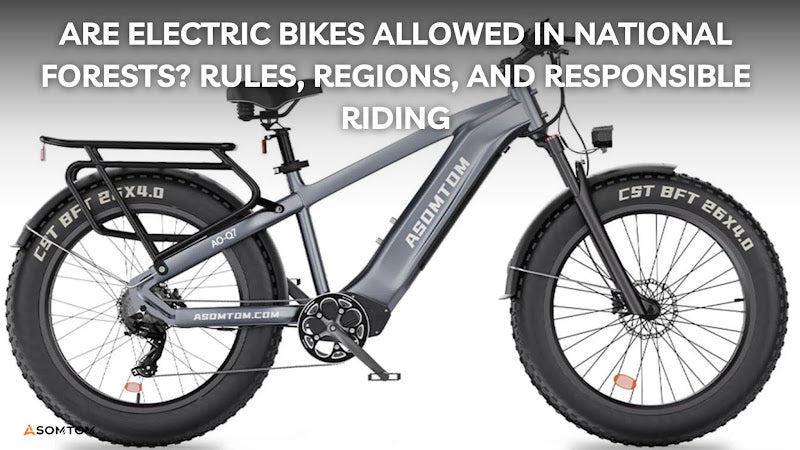
Introduction
The use of electric bikes (e-bikes) is rapidly growing in popularity in outdoor recreation, raising concerns regarding their use in national forests. There is a need to address policy for e-bike users as riders shift towards more eco-friendly and convenient options to interact with nature. In the context of this need, this document outlines important elements of compliance like the laws about e-bikes, access to trails, and responsible riding habits that would assist e-bike users in abiding by while enjoying the national forests.
Understanding the Basics of E-Bikes
E-bikes, or electric bikes, are bicycles fitted with an electric motor that aids in pedaling. E-bikes fall into three main categories: Class 1 has a motor that assists up to 20 mph while pedaling; Class 2 provides throttle up to 20mph without pedaling; and Class 3 is pedal-assist up to 28 mph. Being familiar with the distinctions among these classes is important for compliance with national forest regulations on e-bikes.
National Forests Overview
National forests, managed by the U.S. Forest Service, are extensive public lands that can be used for various purposes, such as conservation, recreation, and timber production. These forests are regionally distributed across the United States, providing avenues for various outdoor activities, including hiking, biking, and camping. The use of e-bikes in these regions is regulated by particular rules in each forest.
Federal Regulations on E-Bikes
In 2020, the U.S. Forest Service enacted a policy that defined e-bikes as motorized vehicles, allowing access for e-bikes on roads and motorized trails, while remaining restricted on non-motorized trails except where permitted by the local forest supervisor. This policy aimed to manage e-bike use more effectively and ensure proper management of national forests. Riders should educate themselves on e-bike regulations to ensure they do not face penalties and engage in responsible riding on public lands.
Trail Access for E-Bikes in National Forests
Access to national forests is determined by the type of trail. E-bikes are permitted on motorized roads/trails, but not on non-motorized trails without specific designation from the local forest supervisor. Additionally, wilderness areas are strictly off-limits to e-bikes. Riders are encouraged to consult the Motor Vehicle Use Maps (MVUMs), which outline available trails and associated restrictions to aid in planning their e-bike adventures.
E-Bike Access in Different States
Permitted uses of e-bikes differ by region and national forest. In Western states such as California, Colorado, and Oregon, e-bikes tend to be more widely accepted due to pre-existing biking infrastructure. Eastern states such as Virginia and North Carolina are expanding access to e-bikes. Mid-Southern states, such as Michigan, Texas, and Florida, are gradually integrating more e-bike-friendly trails. As best practice suggests, riders must observe the local laws specific to the area they wish to ride.
Maps, Signage, and Trail Designations
The e-bike rider maps published by the United States Forest Service greatly assist riders in knowing which trails are available to them and where they may ride their e-bikes. The U.S. Forest Services critically help outline which routes are either restricted to motorized traffic or non-motorized traffic, along with the possibility of using e-bikes. Real-time Trailhead Signage also allows users to see if bike access is permitted in the area. Riders need to educate themselves on such signs and maps so they are not faced with blockades in using e-bikes.
Permissions and Permits
In general, no permits are imposed for the use of e-bikes in areas set aside for motorized use in national parks. A permit would, however, be required for organized rides, business occasions, or other activities. Riders in this case need to talk to local forest offices to establish whether permission is required for the intended action. By following laws about e-bikes in designated areas and securing necessary permits, riders are aligning with the policies set in place by the forest management policies.
Safety and Etiquette for E-Bike Riders
Going on e-bike excursions requires riders to follow mandatory safety measures and policies set for riding e-bikes in national parks. Riders must use a helmet, utilize hand signals when changing direction, and respect the trail by giving way to hikers and horse riders as part of trail etiquette. Observing appropriate noise levels and abiding by speed limits is essential for safety while riding. E-bike riders, too, should stay off trails in wet weather to prevent erosion and damage to delicate ecosystems, thereby promoting responsible stewardship of the trails.
To get the best possible results, please visit - https://www.asomtom.com/
Benefits and Challenges of Allowing E-Bikes in Forests
Permitting e-bike use in national forests has its advantages, such as improved mobility for older riders and those with limited movement. More people can now enjoy the outdoors thanks to e-bikes. On the other hand, there are problems too, like the increased concentration of users on favorite trails and other sustainability issues like trail degradation. Responsible management of e-bike use requires striking a balance between accessibility and sustainability. The public and the local forest managers are essential in this process.
How to Advocate or Get Involved
Riders who wish to champion the cause of e-bike access in national forests may do so by attending public comment sessions during the management planning phases of the forest. Joining local e-bike advocacy organizations with active participation ensures that the concerns regarding e-bike use will be addressed in the plans for new trail construction or existing rule modifications. Furthermore, Riders can participate in workshops aimed at fostering e-bike responsibility for the promotion of barrier-free access to the trails. By ensuring balance, equitable participation of the waned forests enables recreational access.
Conclusion
Riders are allowed to use their e-bikes in most National Forests, especially on motorized trails. Some restrictions apply to non-motorized paths. MVUM maps must be consulted before riding to ensure access to the trails. Regional forest supervisors have the authority over some aspects concerning the use of e-bikes, and rule compliance is critical to responsible and safe recreation. For more information on e-bikes, check out the Full-Suspension Fat Tire SR6.
Frequently Asked Questions (FAQs)
- Are Class 1 E-Bikes Treated the Same as Class 3 in National Forests?
Treatment of Class 1 and Class 3 e-bikes is mostly the same on motorized trails. This may change depending on the forest and type of trail. - Can I Ride My E-Bike on Hiking Trails in a National Forest?
National forests generally do not permit the use of e-bikes on hiking-only (non-motorized) trails unless authorized by the local forest supervisor. Confirm trail regulations in advance. - How Can I Check if a Trail Allows E-Bikes?
Access to trails can be controlled by checking Motor Vehicle Use Maps (MVUMs), signposts at the trailheads, or the e-bike access section of the U.S Forest Service website. - Are E-Bikes allowed in National Parks as well?
General prohibitions apply to national parks where e-bikes are restricted on most trails. Certain roads in some national parks may permit the use of e-bikes, so consult with local park policies. -
What Penalties Exist for Riding an E-Bike in a Restricted Area?
For riding an e-bike in a forbidden area, punishment may entail fines, confiscation, or denial of entry into the forest.


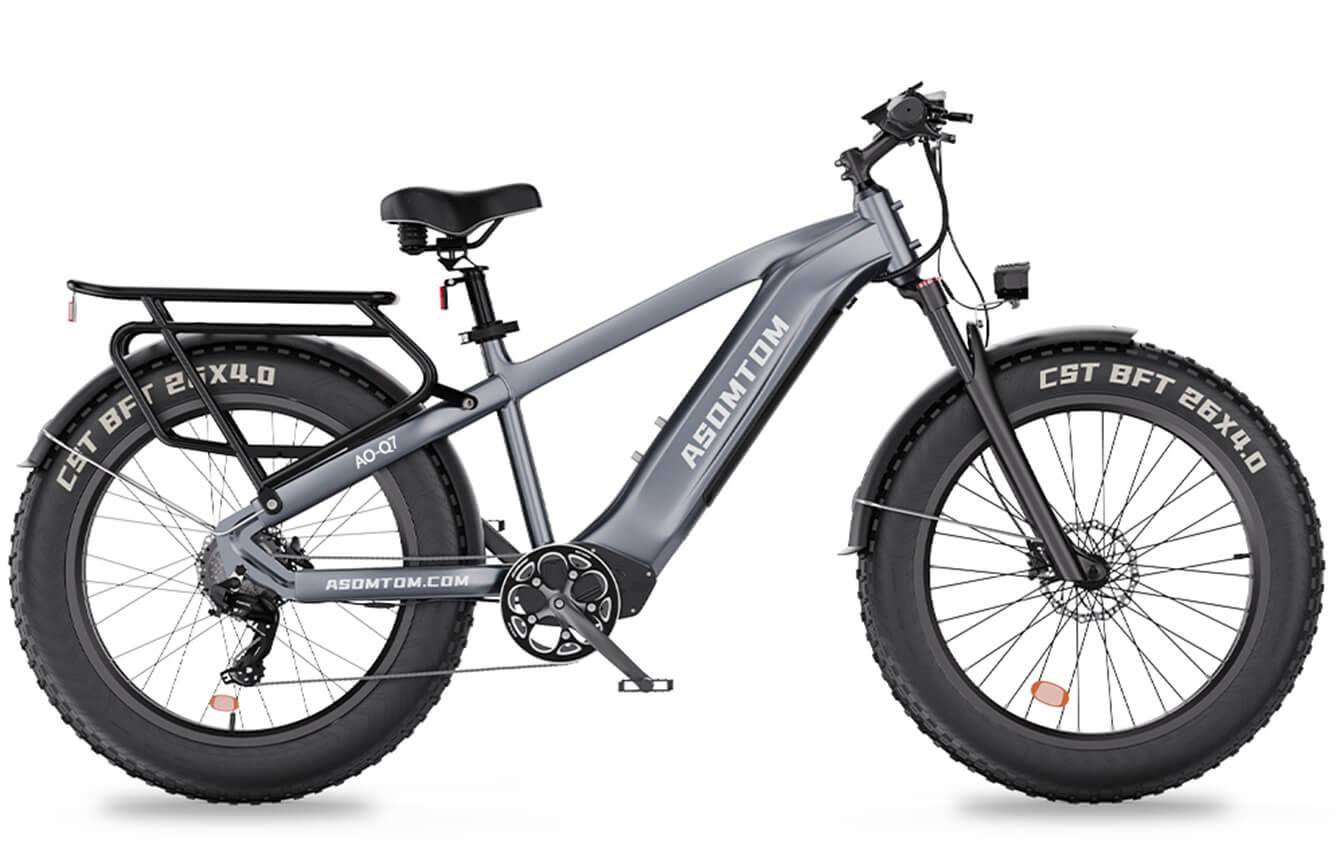
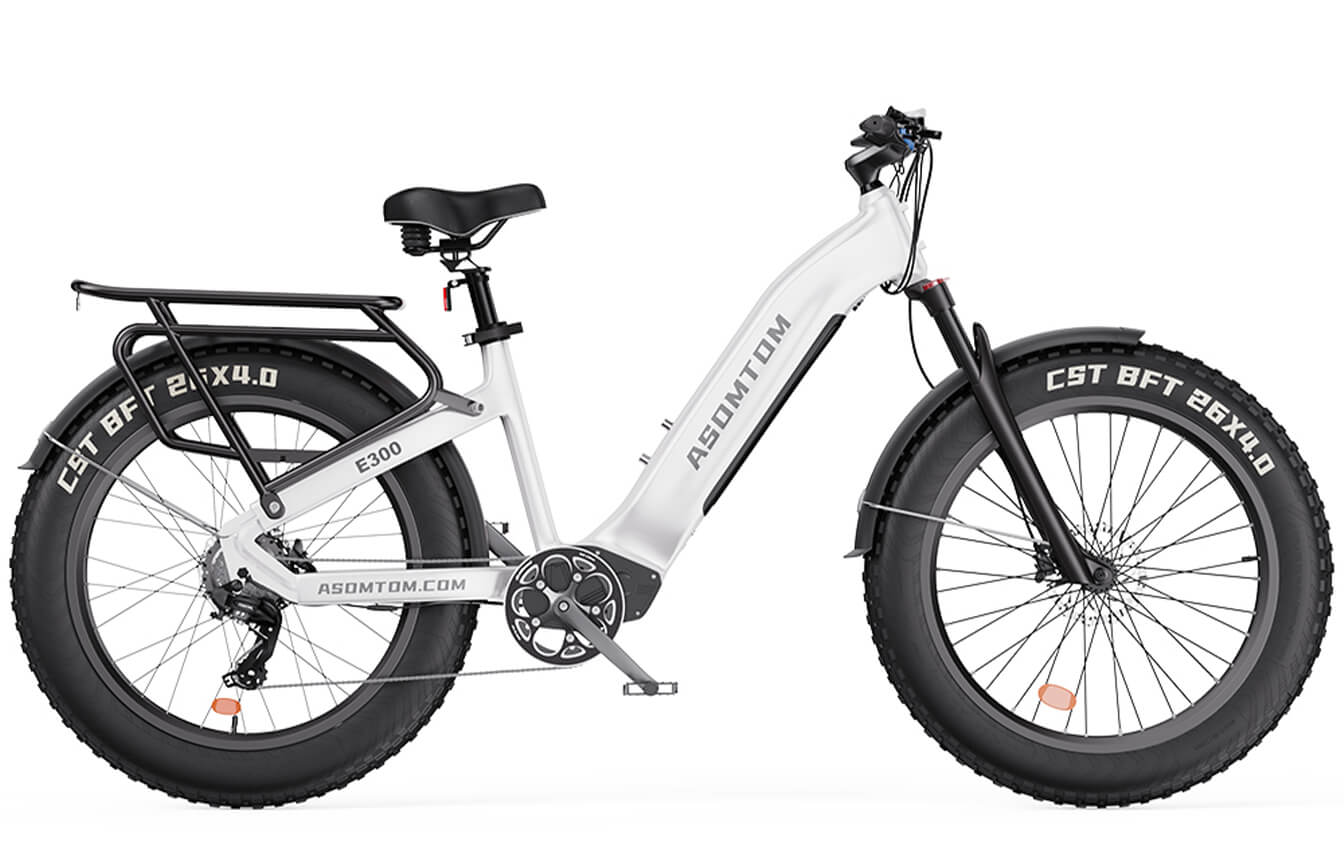
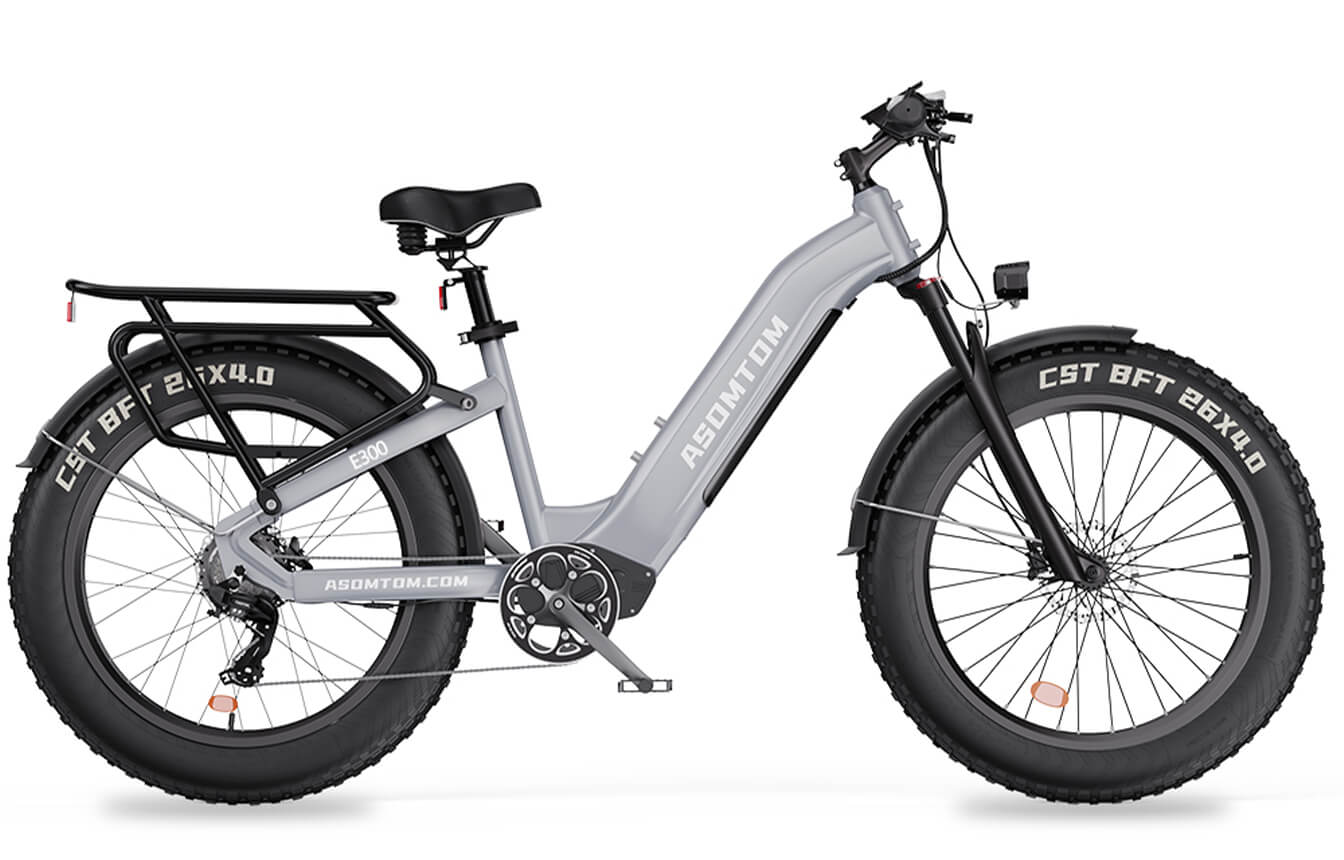
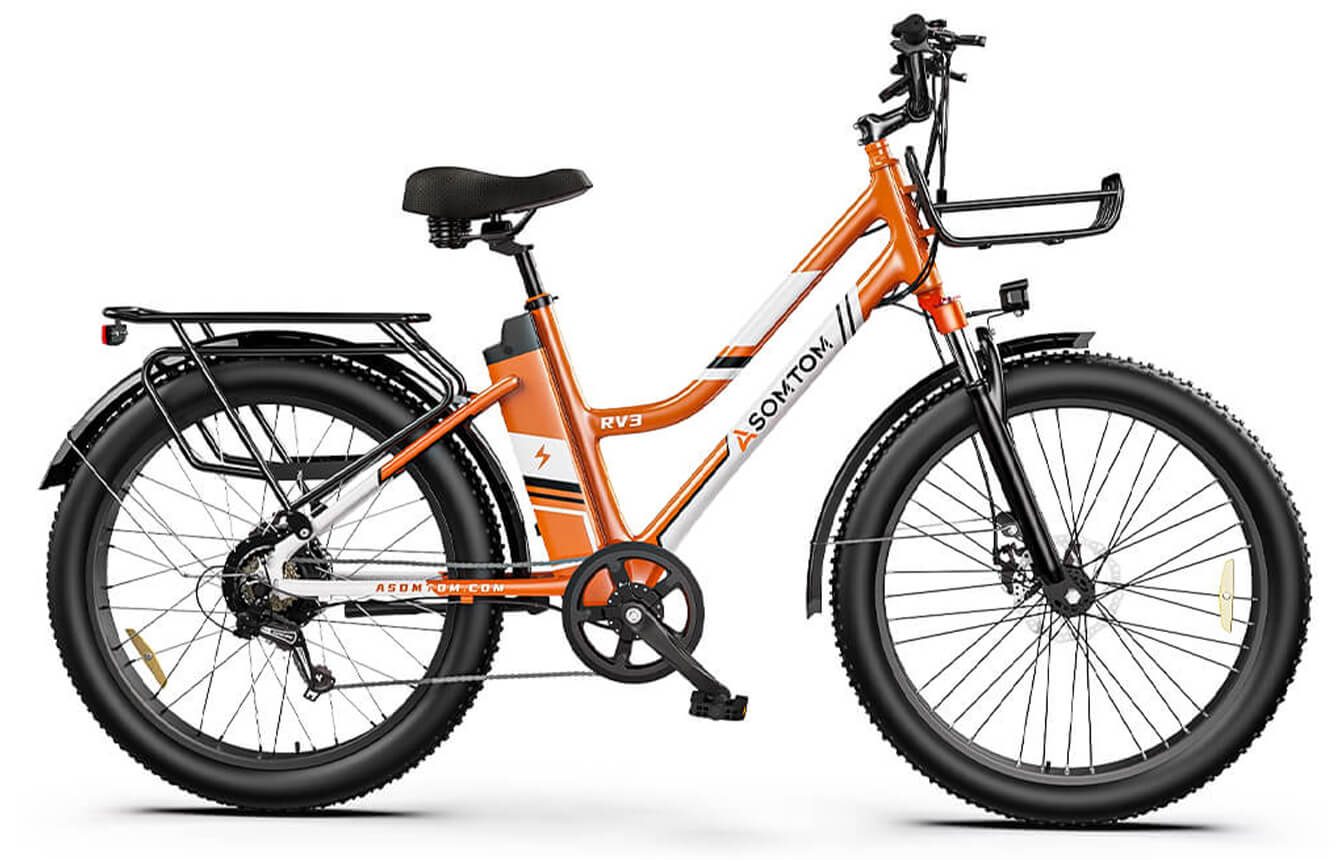












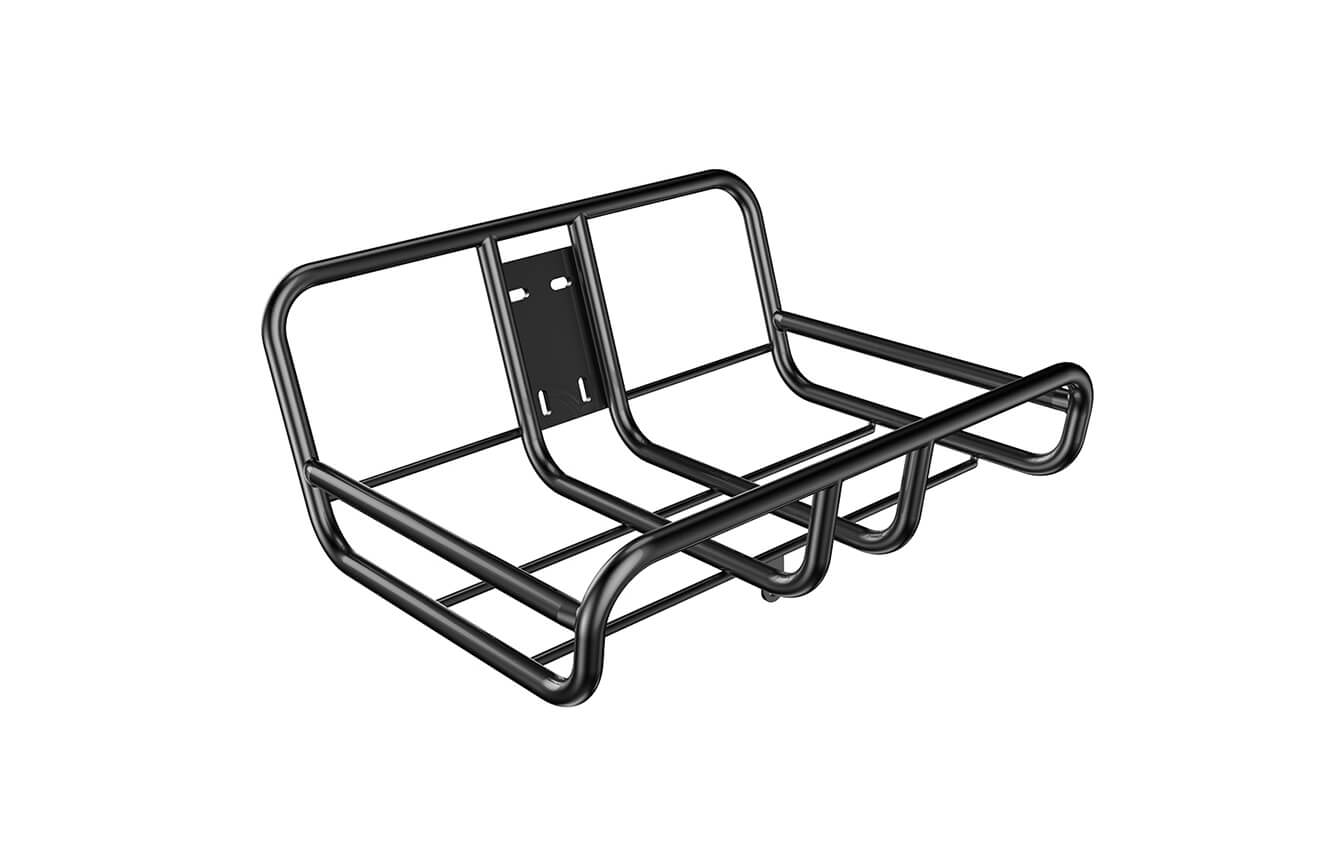
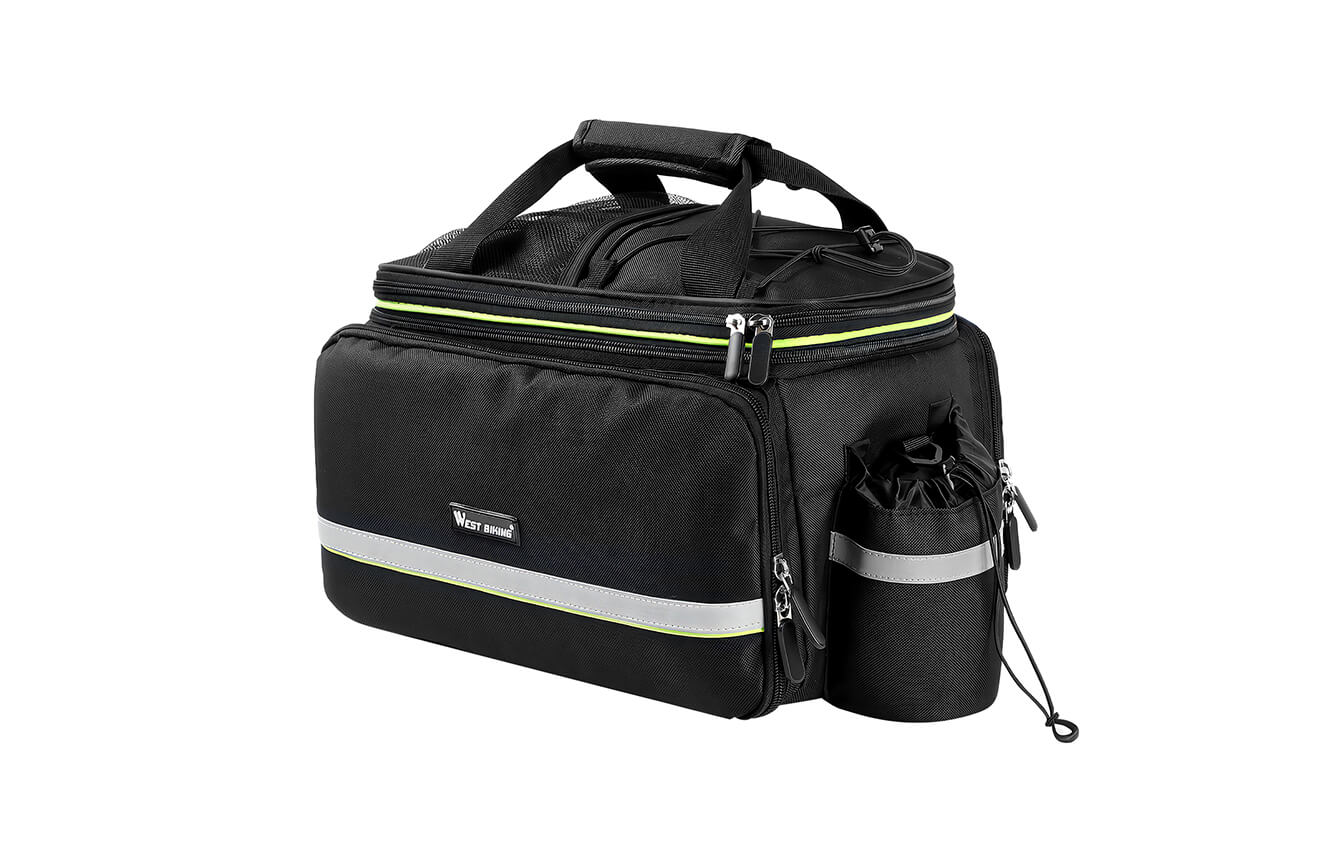
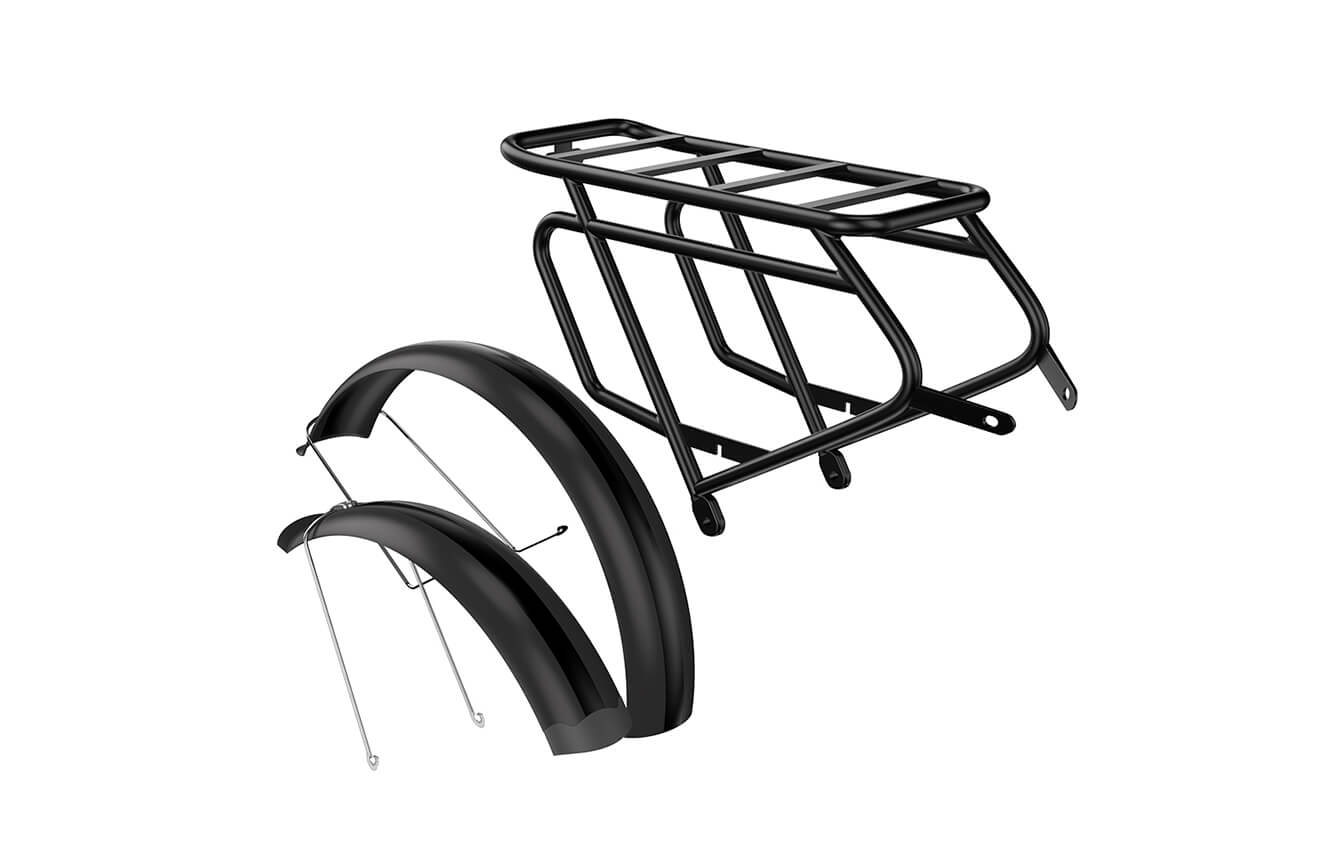

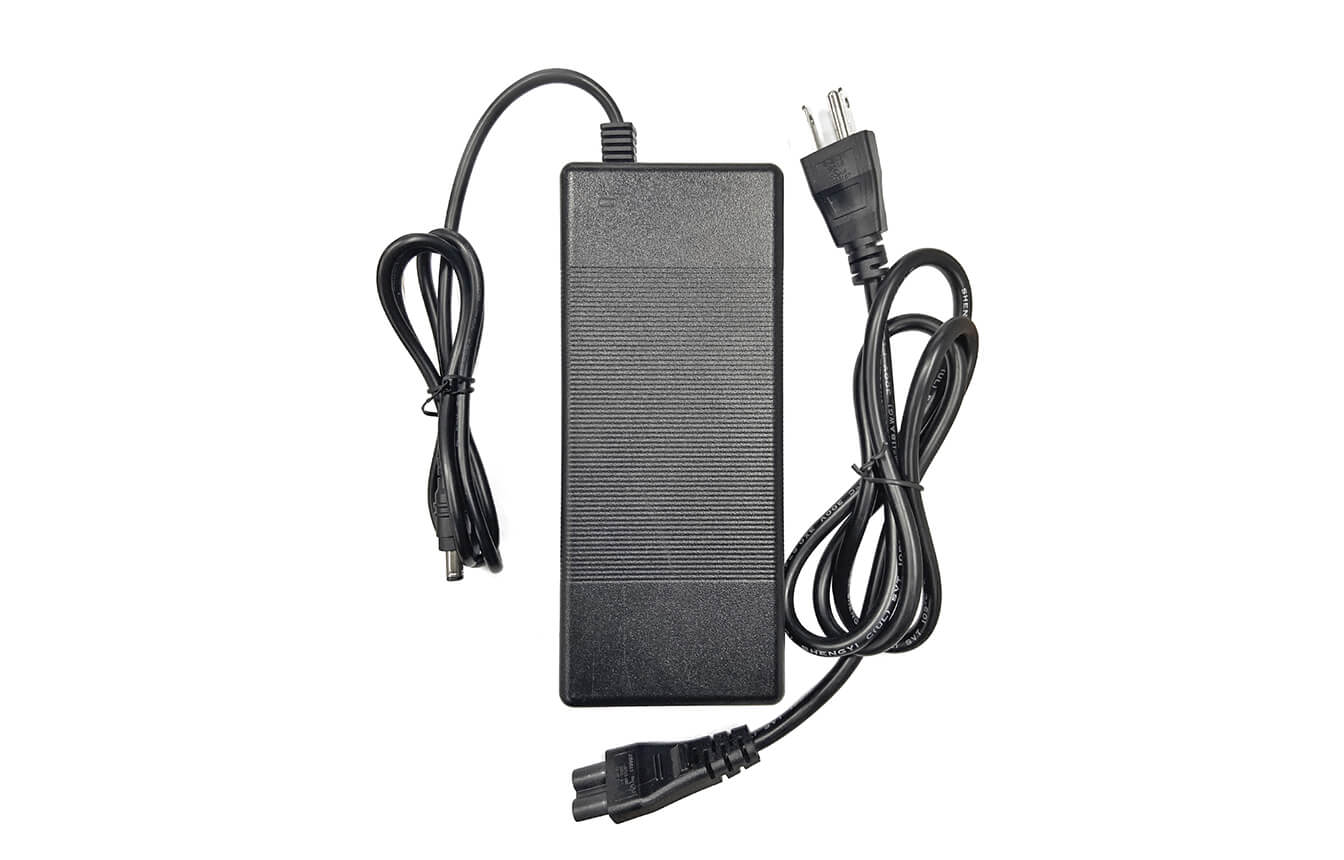
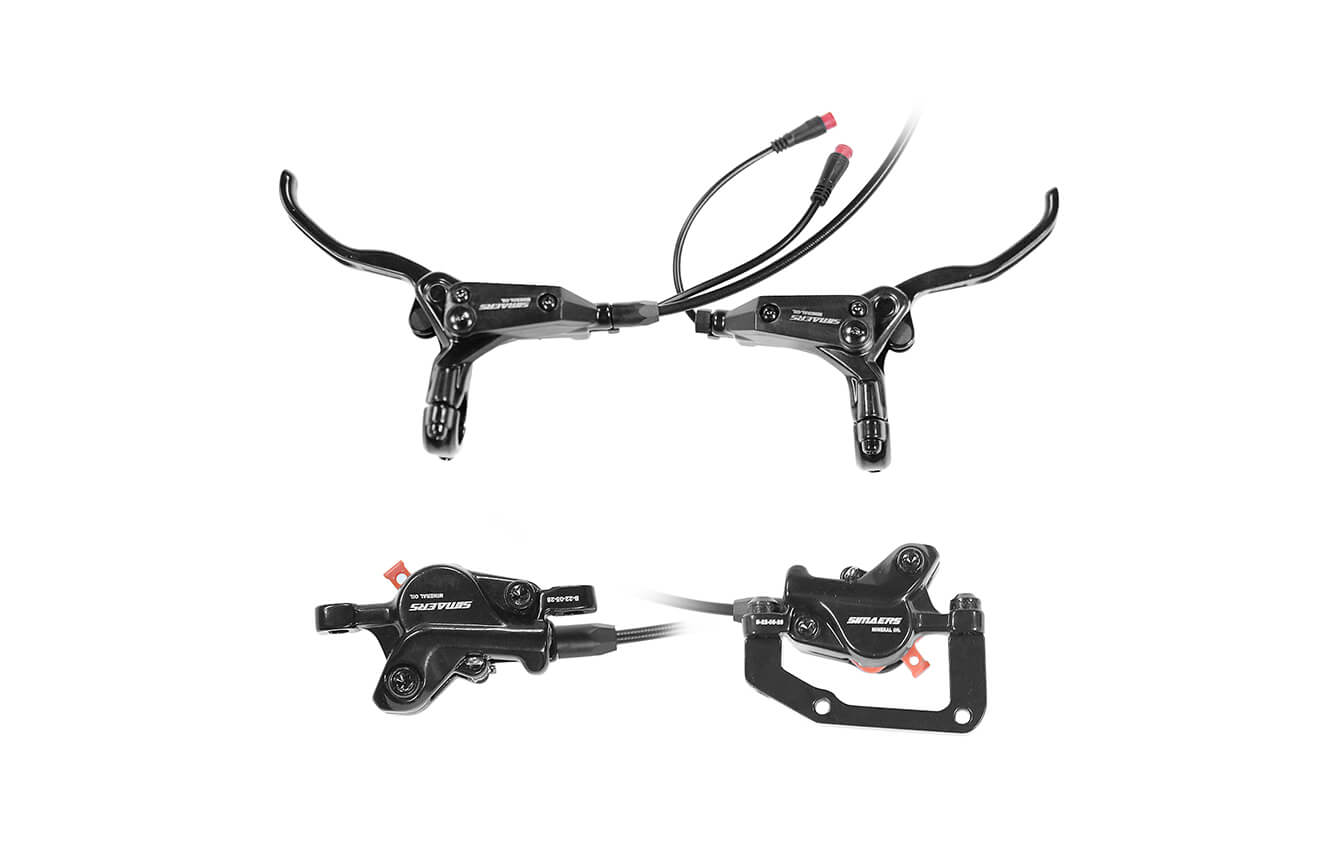
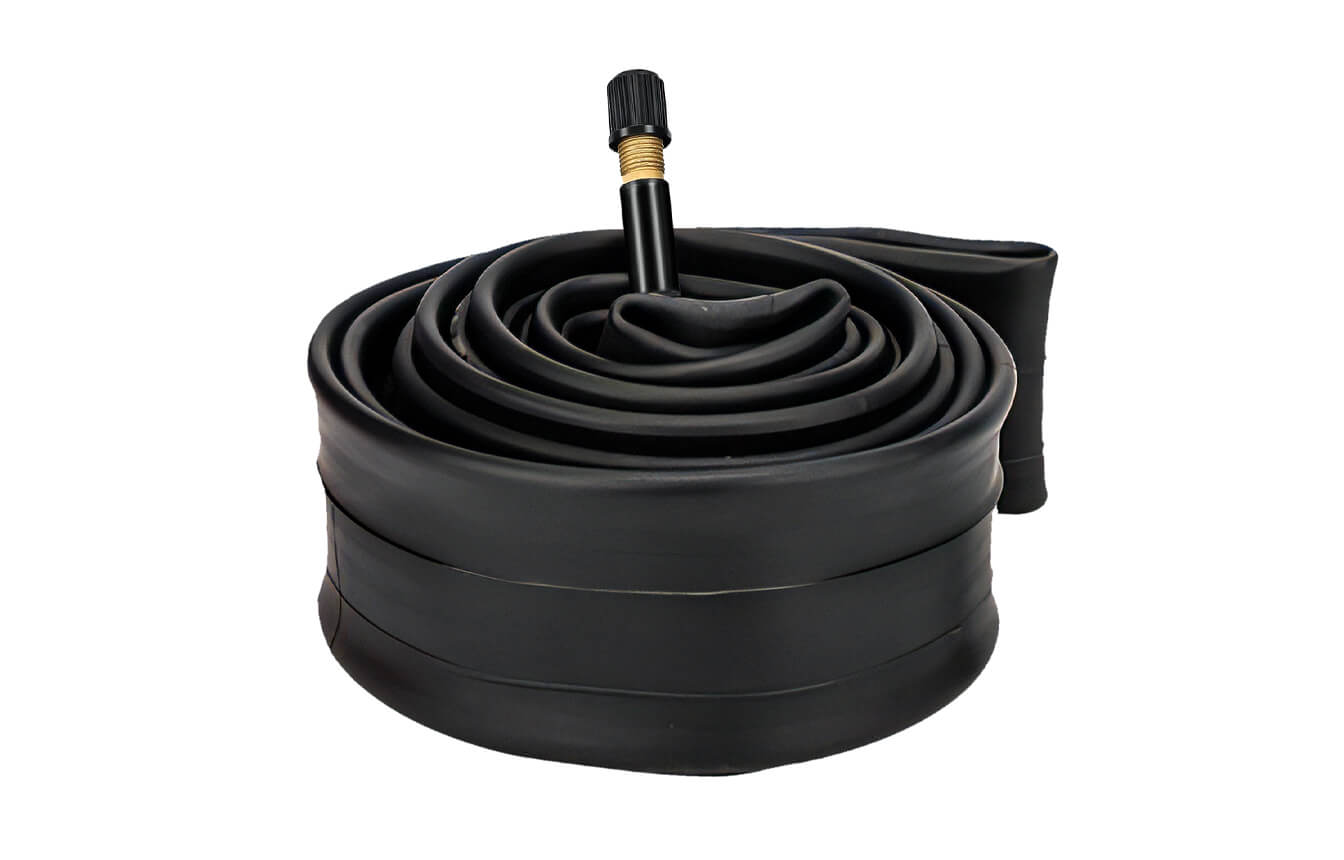






Leave a comment